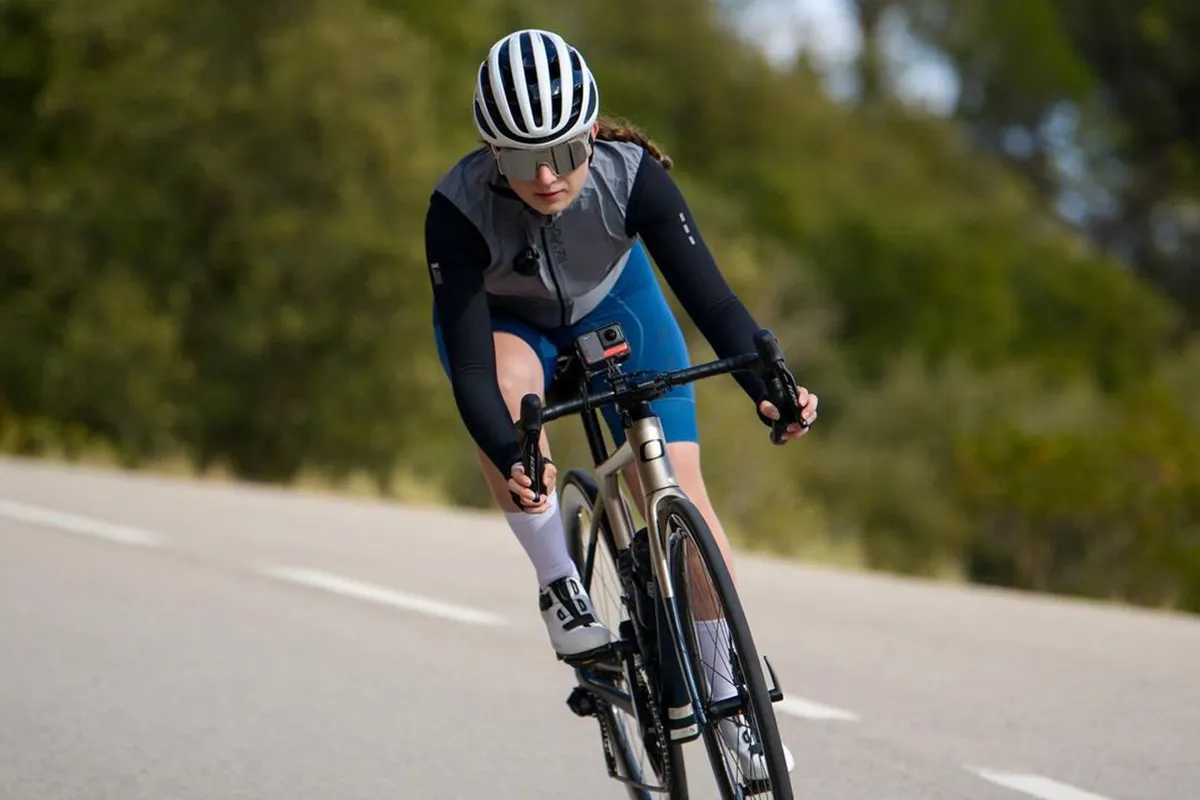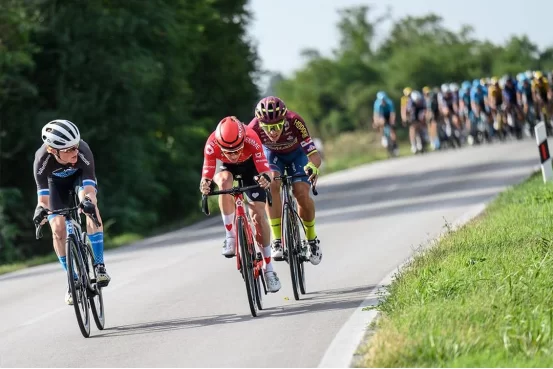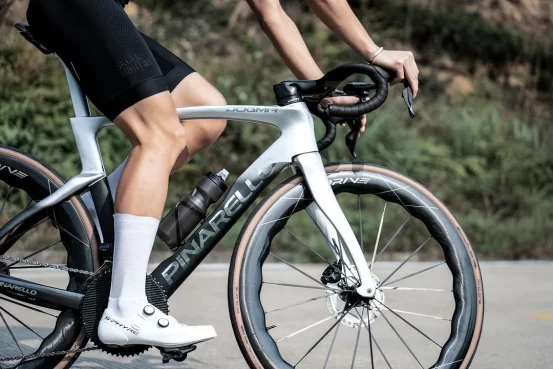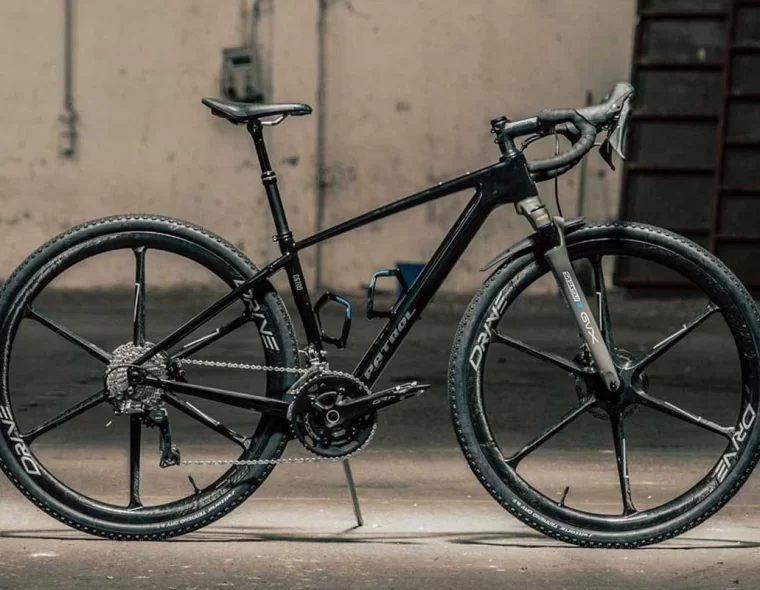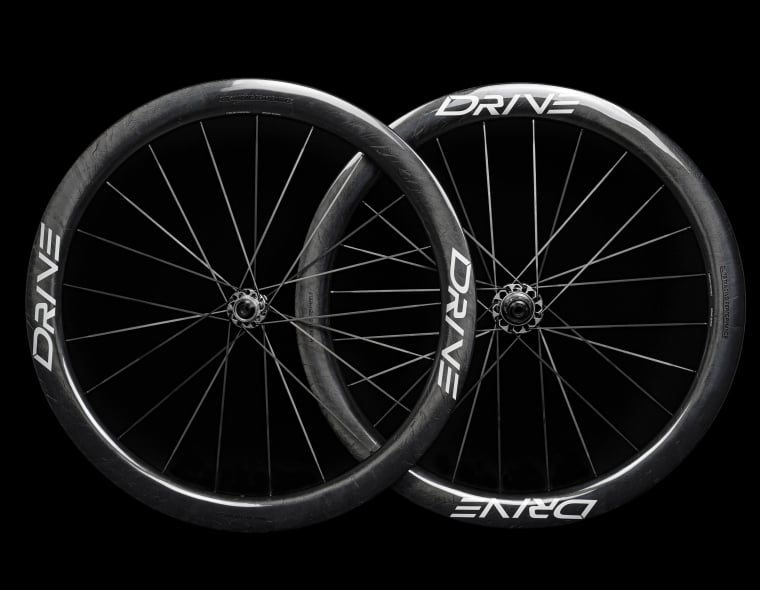When it comes to cycling, a proper bike fit is essential for comfort, performance, and safety. Many cyclists overlook the importance of a well-fitted bike, but it might be the key factor holding you back from reaching your full potential. A bike that fits you properly will make your rides more comfortable and allow you to ride faster with less effort. Here are some signs that your bike might not fit you correctly and what you can do about it.
1.Reaching Excessively for the Handlebars
If you find yourself reaching excessively for the handlebars, mimicking a “superman” pose with your torso bent low and your arms stretched out in front, your bike is likely too large for you. This position is not only uncomfortable but also potentially dangerous. Holding the handlebars too far forward can make it difficult to reach the shifters and brakes quickly, potentially leading to an increased stopping distance, risking accidents.
Many cyclists attempt to counteract excessive reach by moving their saddle forward, but this disrupts your center of mass and can lead to further discomfort and instability. Instead, consider getting a smaller bike frame where the handlebars are closer to your body, reducing strain on your arms and core.
For some riders, often the best choice is selecting a bike with less aggressive geometry. A touring road bike will be more upright as compared to a race bike. While it may sacrifice on performance aerodynamically, it will offer a more comfortable riding experience.
2.Eyeing the Front Hub
The visibility of your front hub while pedaling is a classic rule in bike fitting. If you can see the hub of your front wheel behind the handlebars, you likely have too much reach; if it’s in front, you don’t have enough reach. This simple test can help determine whether or not your frame size is appropriate. To adjust reach, you can try changing the stem length. If after several adjustments you still see the hub in the wrong position, it might be time to consider a different frame size.
3.Bar Width too Wide or too Narrow Compared to Your Shoulder Width
Bar width affects comfort and performance. Bars that are too wide or too narrow can lead to wrist, hand, and shoulder pain. Choose a handlebar width that matches your shoulder width (usually 36-38 cm for women and 40-42 cm for men) for optimal comfort.
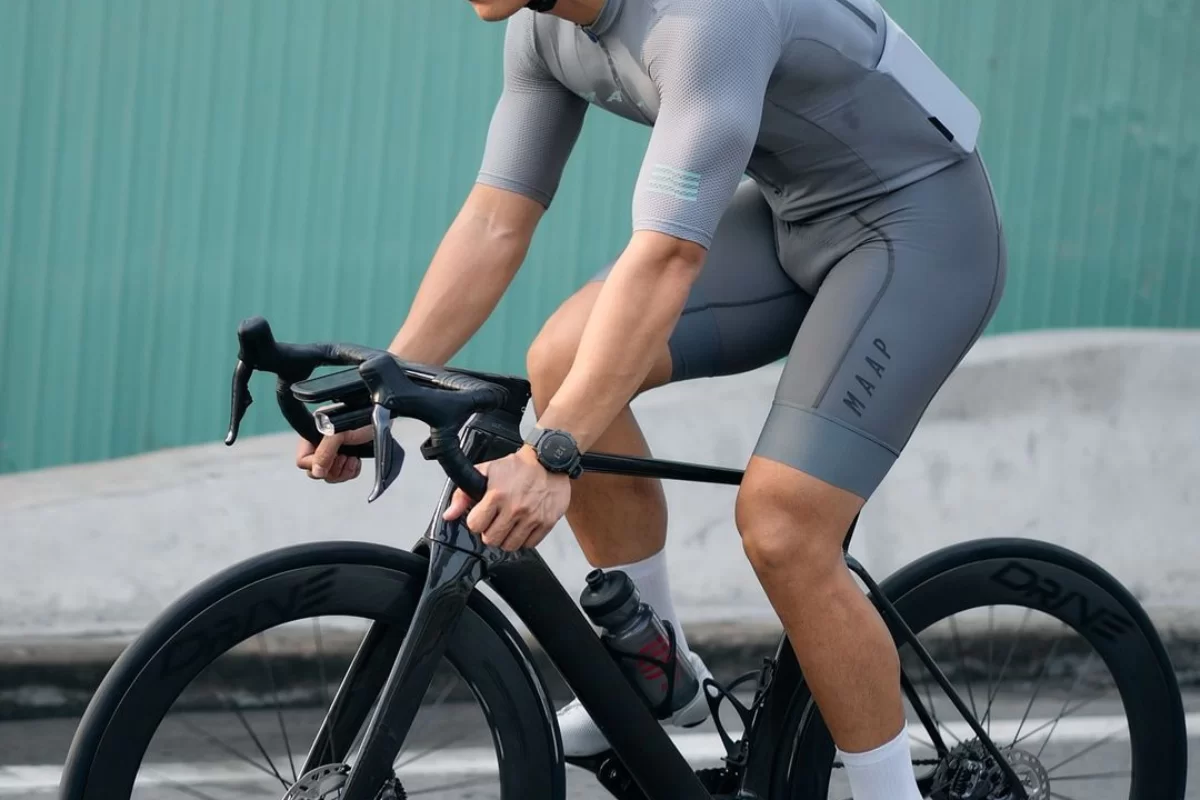
4.Stem Length and Height
If you find yourself reaching excessively for the handlebars, check your stem. Integrated handlebars have the stem built-in, making it impossible to adjust the stem length. For traditional handlebars, different length stems can be selected, though choosing a stem too short can make it difficult to control the bike, especially at high speeds, making it feel twitchy.
Using a very long stem (longer than 13 or 14 cm) to compensate for a small frame can negatively impact your bike’s handling. A longer stem slows down steering speed, dampens handling, and shifts your weight forward, reducing traction and stability in corners. If you find yourself needing such a long stem, it’s time to consider a bigger frame for better balance and control. Find the stem width right for you is very important.
Spacers are used to adjust the height of the handlebars. Using more than three 1cm spacers under the handlebar can be dangerous, leading to a compromised steerer. If you have to add additional spacers, your frame may be the wrong size, or you may be more comfortable with a bike with different geometry. Also note that spacers should not be placed about the handlebars. The handlebars can be sawed at the top to reduce the height, eliminating the need for a spacer above.
5.Tilted Shifter Angle
Shifters should be positioned to ensure hand and wrist comfort. Shifters tilted upwards to bring them closer can cause neck and shoulder tension and potentially lead to a less stable ride. Similarly, handlebars should be adjusted so the dropped portion is parallel to the ground to avoid discomfort.
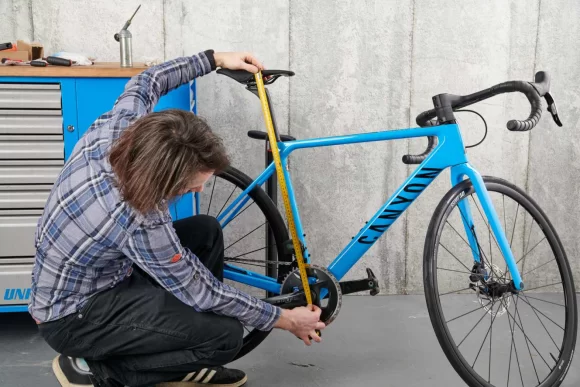
(Source: BikeRadar)
6.Seatpost Over Extension Limits
A seatpost that is excessively extended is a clear sign that your bike is too small. Ideally, there should be only a reasonable amount of seatpost visible above the frame. Riding with too much seatpost extended can stress the frame, potentially leading to damage. Always ensure your seatpost is within the manufacturer’s recommended extension limits. If you still can’t achieve full leg extension, a larger bike frame is necessary.
7.Can’t Get the Right Setback
Seatposts come in various styles – set back, inline, and set forward. If none of these options provide a comfortable riding position, your bike might be the wrong size. Needing to push your saddle far forward suggests a smaller frame is needed, while pushing it far back indicates a larger frame is necessary.
8.Shoes Hit the Front Wheel
Your front wheel touches your foot when turning, can be a sign of a bike that’s too small. While a small amount of toe overlap is common and can be influenced by foot size and cleat position, significant overlap that affects your riding indicates a need for a larger bike with a longer wheelbase. This will provide more space for pedaling without interference from the wheels.
9.Insufficient Stance Width
Stance width, the distance between your feet when pedaling, is crucial for comfort and efficiency. Pedal washers, different spindle lengths, and pedal adapters can help adjust your stance. If these adjustments don’t work, a different bike frame or crankset might be required to achieve the proper stance.
10.The Wrong Crank Length
Using cranks that are too long can cause discomfort and inefficiencies, especially for those with limited hip flexibility. Long cranks can lead to knee flaring at the top of the pedal stroke. Switching to shorter cranks can alleviate this issue, providing a more natural and efficient pedaling motion.
In conclusion, a properly fitted bike is essential for comfortable and efficient cycling. If you recognize any of these signs, it might be time to reevaluate your bike fit. Consulting with a professional bike fitter can help ensure you get the most out of your rides, making them more enjoyable and less prone to injury.


